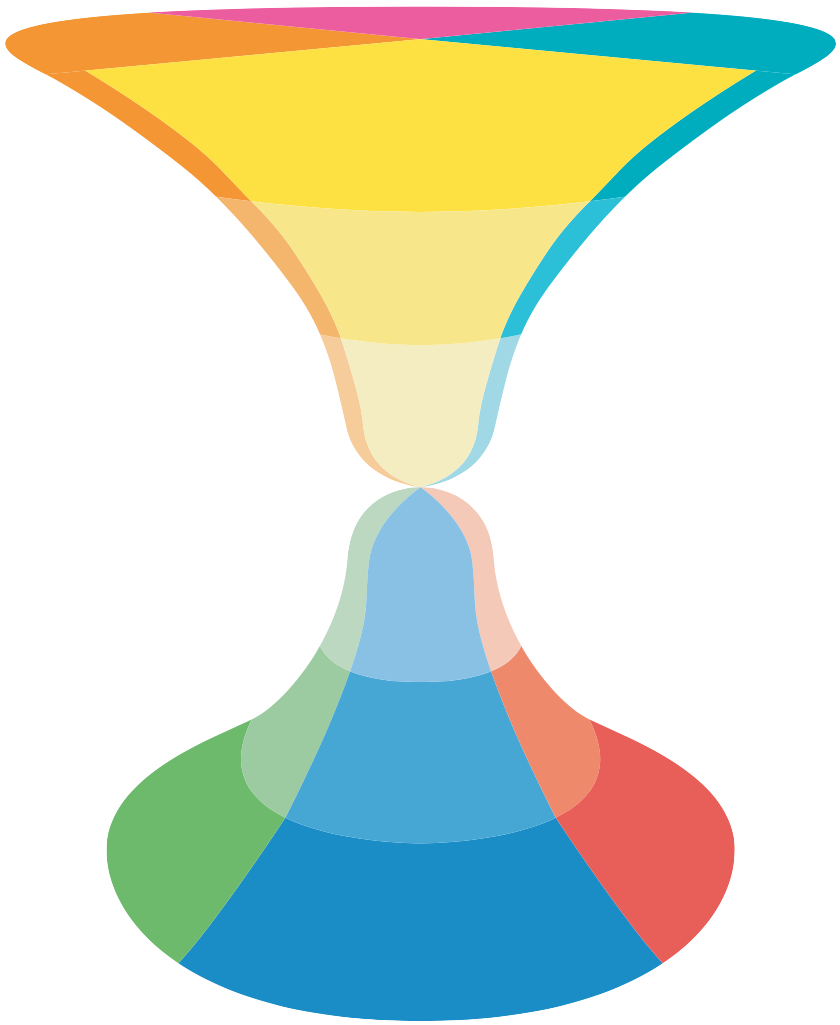 Talking about SenticNet is talking about concept-level sentiment analysis, that is, performing tasks such as polarity detection and emotion recognition by leveraging the denotative and connotative information associated with words and mulitword expressions in stead of solely relying on word co-occurrence frequencies.
Talking about SenticNet is talking about concept-level sentiment analysis, that is, performing tasks such as polarity detection and emotion recognition by leveraging the denotative and connotative information associated with words and mulitword expressions in stead of solely relying on word co-occurrence frequencies.
In this context, SenticNet can be one of the following things:
1) a concept-level knowledge base;
2) a multi-disciplinary framework;
3) a private company.
As a knowledge base, SenticNet provides a set of semantics, sentics, and polarity associated with natural language concepts. In particular, semantics define the denotative information associated with words and multiword expressions (i.e., semantically-related concepts), sentics define the connotative information associated with natural language concepts (i.e., emotion categorization values expressed in terms of four affective dimensions) and polarity is floating number between -1 and +1 (where -1 is extreme negativity and +1 is extreme positivity). The knowledge base is freely downloadable in multiple languages as a standalone XML repository and as an API.
As a framework, SenticNet consists of a set of tools and techniques for sentiment analysis combining commonsense reasoning, semiotics, psychology, linguistics, and machine learning. In this context, SenticNet is more commonly referred to as sentic computing, a multi-disciplinary paradigm that goes beyond mere statistical approaches to sentiment analysis by focusing on a semantic-preserving representation of natural language concepts and sentence structure.
As a company, finally, SenticNet puts together the latest findings in concept-level sentiment analysis to offer easy-to-use state-of-the-art tools for social data analytics that enable the automation of tasks such as brand positioning, trend discovery, and social media marketing in different domains, languages, and modalities.
SenticNet
Helping machines to
learn, leverage, love.

Active Series
Special Issues
In the News
External Links




